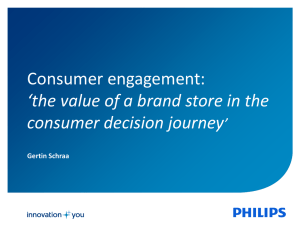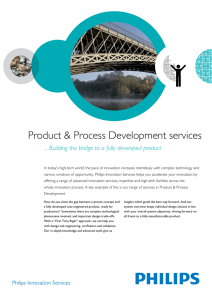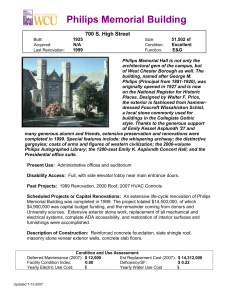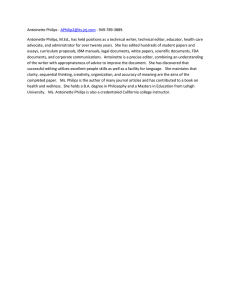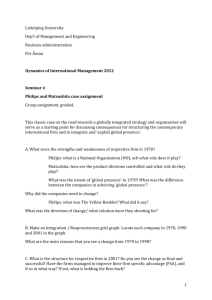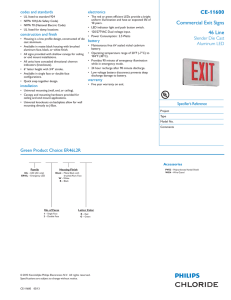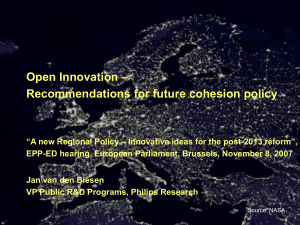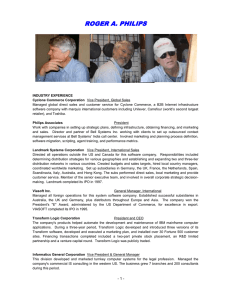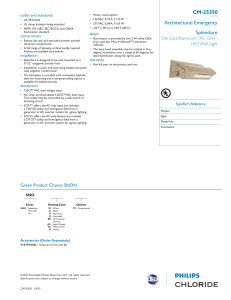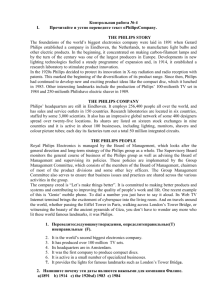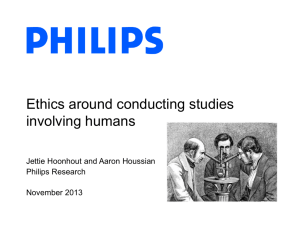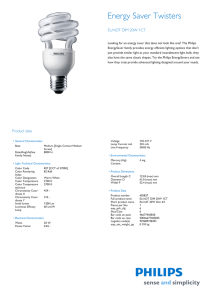Design-for-sustainability as a creative process of change for
advertisement
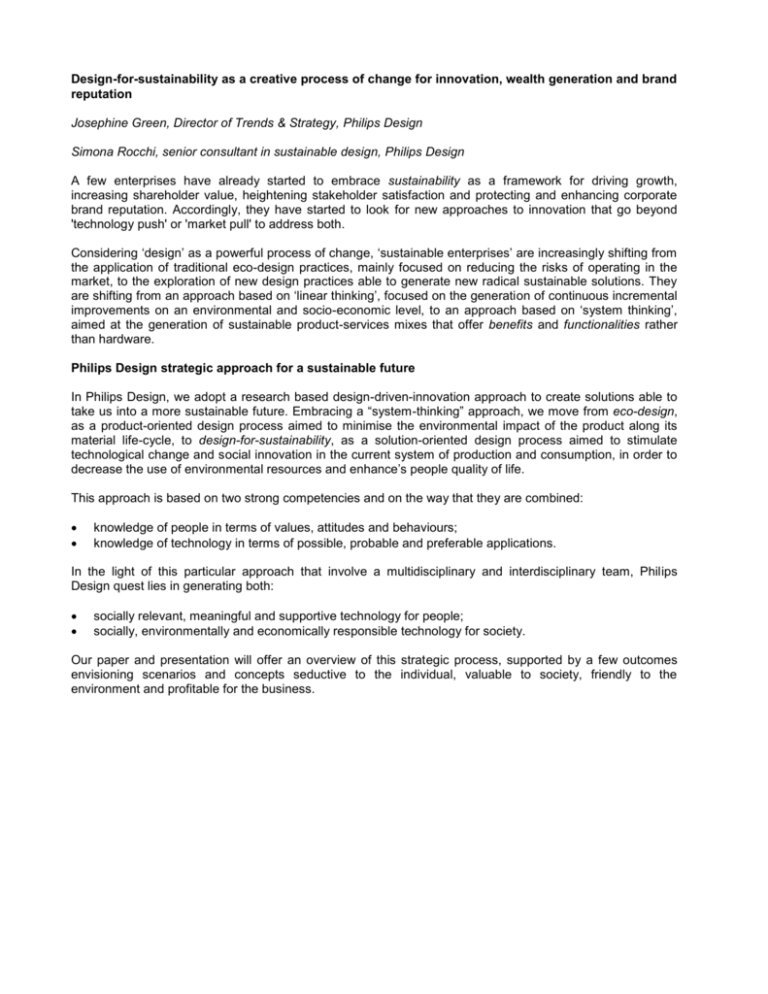
Design-for-sustainability as a creative process of change for innovation, wealth generation and brand reputation Josephine Green, Director of Trends & Strategy, Philips Design Simona Rocchi, senior consultant in sustainable design, Philips Design A few enterprises have already started to embrace sustainability as a framework for driving growth, increasing shareholder value, heightening stakeholder satisfaction and protecting and enhancing corporate brand reputation. Accordingly, they have started to look for new approaches to innovation that go beyond 'technology push' or 'market pull' to address both. Considering ‘design’ as a powerful process of change, ‘sustainable enterprises’ are increasingly shifting from the application of traditional eco-design practices, mainly focused on reducing the risks of operating in the market, to the exploration of new design practices able to generate new radical sustainable solutions. They are shifting from an approach based on ‘linear thinking’, focused on the generation of continuous incremental improvements on an environmental and socio-economic level, to an approach based on ‘system thinking’, aimed at the generation of sustainable product-services mixes that offer benefits and functionalities rather than hardware. Philips Design strategic approach for a sustainable future In Philips Design, we adopt a research based design-driven-innovation approach to create solutions able to take us into a more sustainable future. Embracing a “system-thinking” approach, we move from eco-design, as a product-oriented design process aimed to minimise the environmental impact of the product along its material life-cycle, to design-for-sustainability, as a solution-oriented design process aimed to stimulate technological change and social innovation in the current system of production and consumption, in order to decrease the use of environmental resources and enhance’s people quality of life. This approach is based on two strong competencies and on the way that they are combined: knowledge of people in terms of values, attitudes and behaviours; knowledge of technology in terms of possible, probable and preferable applications. In the light of this particular approach that involve a multidisciplinary and interdisciplinary team, Philips Design quest lies in generating both: socially relevant, meaningful and supportive technology for people; socially, environmentally and economically responsible technology for society. Our paper and presentation will offer an overview of this strategic process, supported by a few outcomes envisioning scenarios and concepts seductive to the individual, valuable to society, friendly to the environment and profitable for the business.
